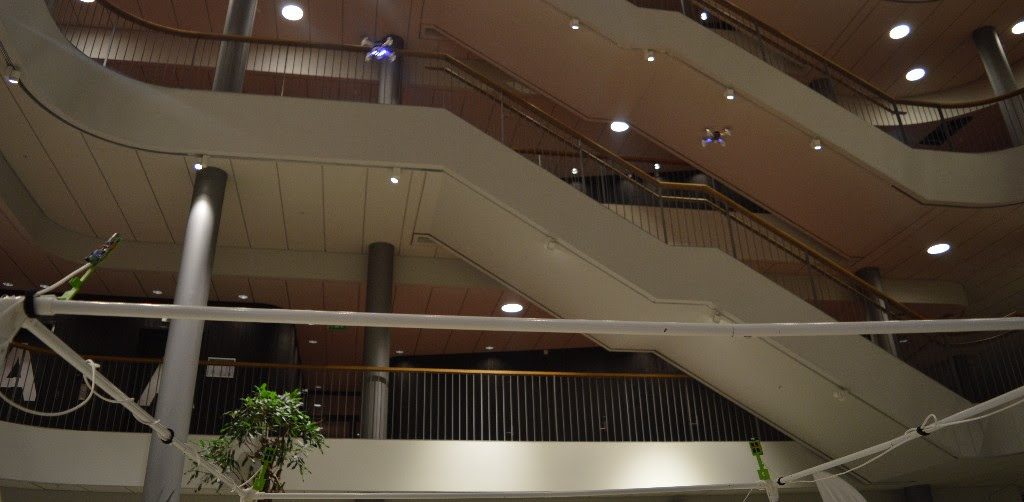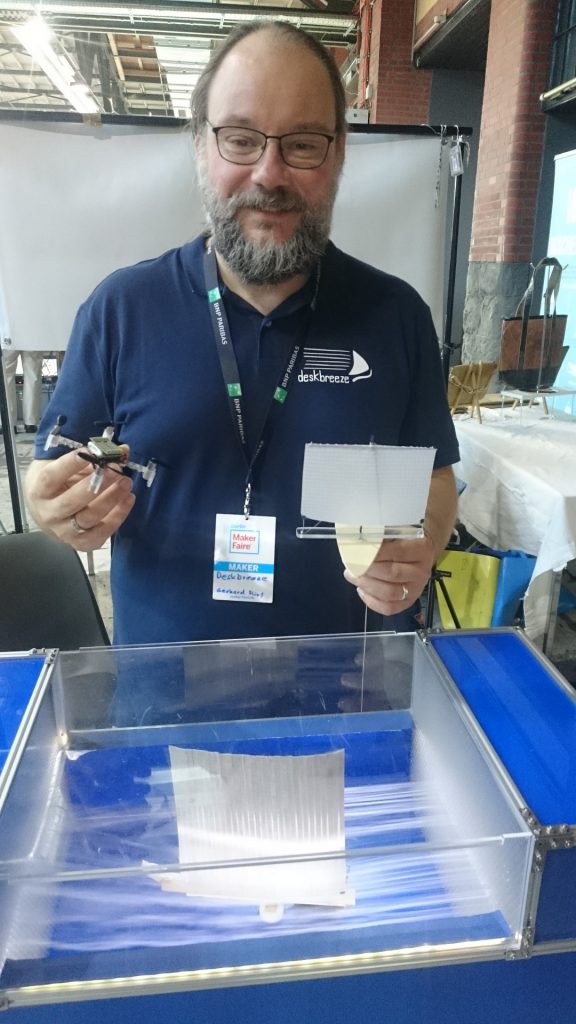During the fall of 2016 fashion designer Maartje Dijkstra have in collaboration with music producer Beorn Lebenstedt (Newk) and engineer Erik Overmeire been working with the creation “TranSwarm Entities”, a dress made out of 3D prints accompanied by autonomously flying Crazyflies. The project was made during the Fashion Fusion Lab, a three-month workshop in which selected teams got to work on their fashion concepts. Maartje and her team used our Loco positioning system to enable 4 Crazyflies to do a “dance” around the dress during the show.
Copyright Fashion Fusion
Here is how Maartje describes the creation:
“The sculptural high fashion dress is totally build up out of small fragments (bird skulls), like cells building an organism.The parts are manual 3D printed and after printing all connected together by hand with polyester wires and green leather. The technology part is integrated in a special way. 4 small drones, that have given the same black 3D printed appearance as the dress, fly up from places inside so it looks like parts of the dress are flying away.The drones fly on the beats and melodies of music producer Newk around the model creating a little swarm. The shoes are digital 3D printed but finished manually.”
The finalists from the Fashion Fusion Lab got to compete during the Berlin Fashion Week at the “Fashion Fusion Challenge” and we are happy to announce that Maartje together with her team got the third place!
We at Bitcraze are very happy for Maartje and her team and think it’s very exciting to see the Crazyflie 2.0 and the Loco positioning system being used in such a different context. It shows again the potential for future applications and how versatile the Crazyflie and the Loco positioning system is.
Here is a video showing the dress:









